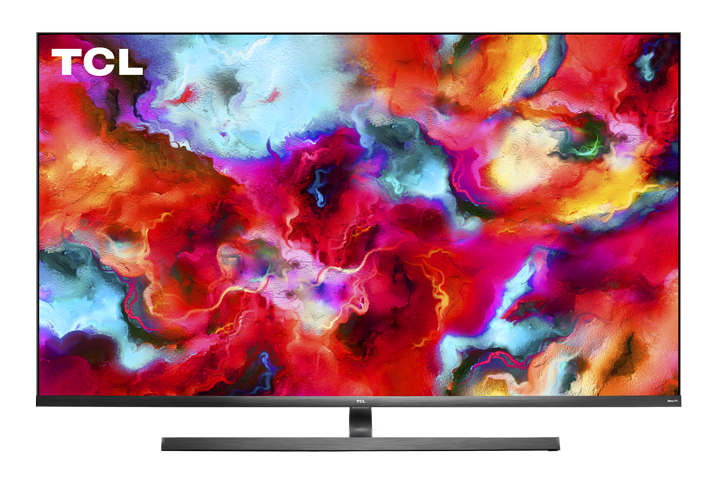Here’s a rundown of basic gaming monitor terminology you should know:
1. Resolution
- The number of pixels a monitor can display, affecting image clarity.
- Common resolutions:
- 1080p (Full HD, 1920x1080) – Standard for budget and mid-range gaming.
- 1440p (QHD, 2560x1440) – Higher clarity, popular among gamers.
- 4K (Ultra HD, 3840x2160) – Ultra-detailed, but requires a powerful GPU.
- 8K (7680x4320) – Extreme high-end, not widely supported in gaming.
2. Refresh Rate
- Measured in Hertz (Hz), it indicates how many times per second the screen refreshes.
- Common refresh rates:
- 60Hz – Standard for non-competitive gaming.
- 120Hz, 144Hz – Popular for smoother gameplay.
- 240Hz, 360Hz – High-end monitors for esports and fast-paced gaming.
3. Response Time
- Measured in milliseconds (ms), it refers to how quickly a pixel changes from one color to another.
- Lower response times (1-5ms) reduce motion blur and ghosting.
4. Panel Types
- IPS (In-Plane Switching) – Best color accuracy and viewing angles, slightly slower response times.
- TN (Twisted Nematic) – Fastest response time but lower color accuracy and viewing angles.
- VA (Vertical Alignment) – Better contrast than IPS and TN but can have slower response times.
- OLED/QD-OLED – Superior contrast, perfect blacks, but expensive.
5. Adaptive Sync Technologies
- G-Sync (NVIDIA) – Reduces screen tearing and stuttering, requires an NVIDIA GPU.
- FreeSync (AMD) – Similar to G-Sync, works with AMD GPUs.
- V-Sync (Vertical Sync) – Software-based solution to reduce screen tearing but can introduce input lag.
6. HDR (High Dynamic Range)
- Enhances color, contrast, and brightness for a more immersive experience.
- Common HDR standards:
- HDR10 – Basic standard.
- HDR10+ / Dolby Vision – Dynamic HDR with better visuals.
- DisplayHDR 400/600/1000 – Industry certifications indicating brightness levels.
7. Contrast Ratio
- Difference between the brightest white and darkest black a monitor can produce.
- Higher contrast = better image depth (e.g., OLED has near-infinite contrast).
8. Input Lag
- The delay between pressing a button and the action appearing on the screen.
- Lower input lag is crucial for competitive gaming.
9. Connectivity Ports
- HDMI – Common connection, supports high refresh rates on newer versions (HDMI 2.1 for 4K 120Hz).
- DisplayPort (DP) – Preferred for gaming, supports higher refresh rates and resolutions.
- USB-C – Some gaming monitors offer USB-C with video support.
10. Aspect Ratio
- Ratio of screen width to height:
- 16:9 – Standard widescreen.
- 21:9 (Ultrawide) – More immersive.
- 32:9 (Super Ultrawide) – Wider field of view, great for racing or flight sims.
11. Curved vs. Flat Monitors
- Curved monitors offer a more immersive experience and reduce eye strain for larger screens.
- Flat monitors are more traditional and work well for all setups.

